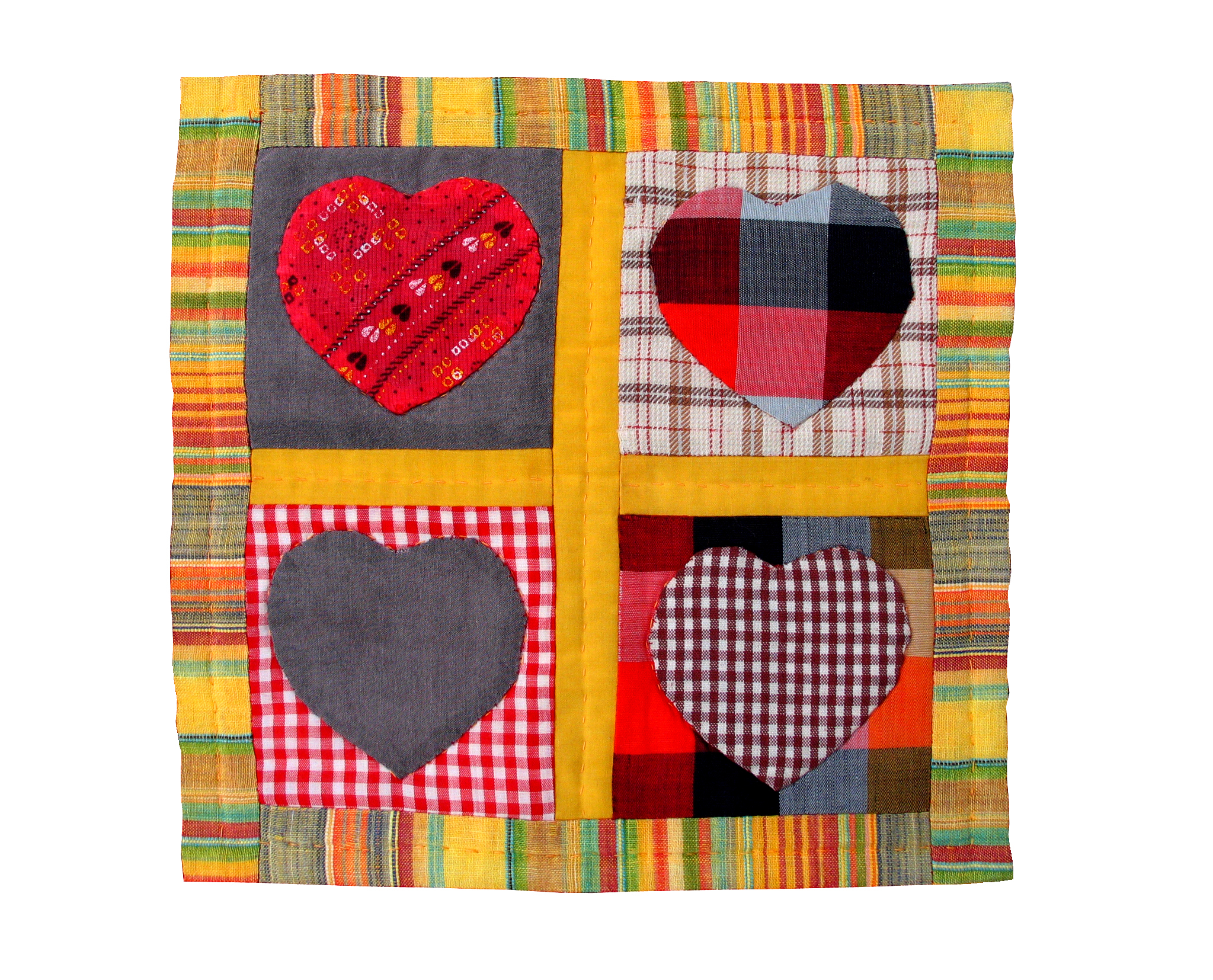
You’ve probably heard this phrase if you’re a quilter: “if life gives you scraps, make a quilt”. And if you’re a quilter you get the meaning, but seriously, that pile (and bags, and totes, and boxes) of scraps can become an ever-increasing, constantly growing mountain of bits and pieces of fabric! It’s good fabric, so we can’t throw it away, but it’s pieces not big enough for another project, and we keep it because, well, maybe someday we’ll need it…and the rationalization of keeping scraps continues, as does the growing size of that mountain of scraps.
So, what size fabric pieces are too small to keep, where do we keep them, and what shall we make with them?
I used to keep it all, until that got downright ridiculous and totally out of hand. Now anything less than a 2 ½” square or strip in my sewing room gets tossed, but that’s just me. If that seems wasteful to you, a good recycling plan for smaller pieces is to collect them into a separate bag or large container and use them as stuffing for pet beds for your local animal shelter. 2 ½” leftover strips can be used for scrappy bindings, log cabin style squares, or cut into squares or rectangles. The squares can be used as leaders/enders as you are sewing other projects. The idea is to sew together 2 squares as a lead-in when stitching other project pieces, and ending the stitching with 2 more squares. Trim these squares off your project piece, keep them in their own container until you can work with them, when they will turn into 4-patch squares and become a scrap happy postage stamp style quilt. It’s a beautiful mix of memories of other quilts you have made, without fabric policing rules of color, value or fabric style.
You can use those even smaller scraps to make “string quilts”. In this method, a square of fabric, for instance, a 10” square, is used as a foundation background. Various widths of thin strips are sewn across the foundation diagonally, adding strips until the foundation block is covered. Each block is trimmed to a uniform desired size and pieced together. It is best to use a thin fabric for the foundation, if possible, as there will be a lot of thread in these blocks, adding extra weight and thickness.
If you really want to get crazy and wonky, make a crumb quilt. The small and odd shaped pieces of scraps are called “crumbs” and are sewn together every which way without a pattern in mind. After adding a piece, just trim one side to allow a straight edge for the next piece to be added. Again, trim to a uniform size block and piece together. Anything goes in a crumb quilt. It’s your quilt, so wonky it up how you want!
Recently at our Deer Widows’ Retreat at Prairie Flower Retreats, two ladies worked on scrappy quilts with a plan to use up scraps they had collected. One made a rail fence with pieces cut 2 ½ x 4 ½”, and a Christmas top out of 2 ½” strips cut to 2 ½” squares. The other made 6 ½” string blocks to be sewn together, plus a brick pattern of 4 ½ x 6 ½” scrap pieces in an autumn colorway. All four quilt tops were unique and beautiful, and they were happy those scraps were out of their way!
The key to happy scrapping in your sewing room is organization. When you finish a quilt project, the leftovers can be cut into sizes you think you will use, and are then ready for sewing. My 2 ½” pieces are kept in an inexpensive clear plastic tote from a dollar store. These are perfect for storing. Likewise, 5” squares can be kept together for charm quilts, or any other sizes you think you might use. You can organize by color, if that works better for you; just organize for you and how you will be most likely to use the fabric. As you do so, you may begin to see a plan developing for your scrappy collection and a new project brewing in your quilter’s mind, with the satisfaction of knowing you are not wasting scraps and pieces of valuable fabric!
